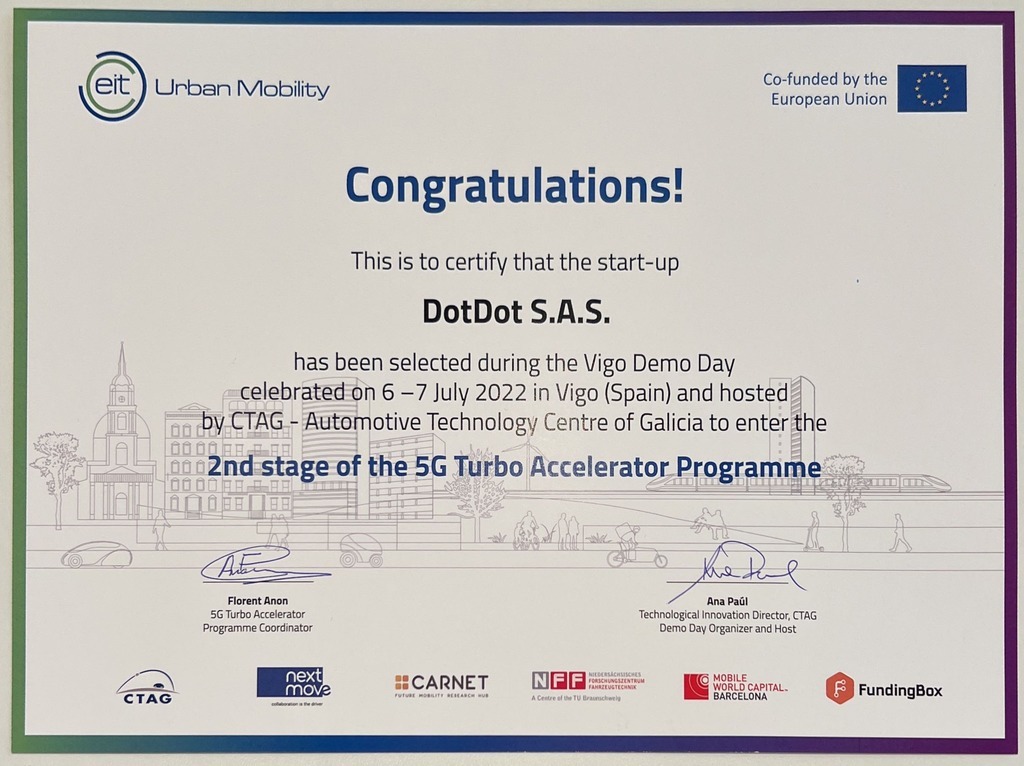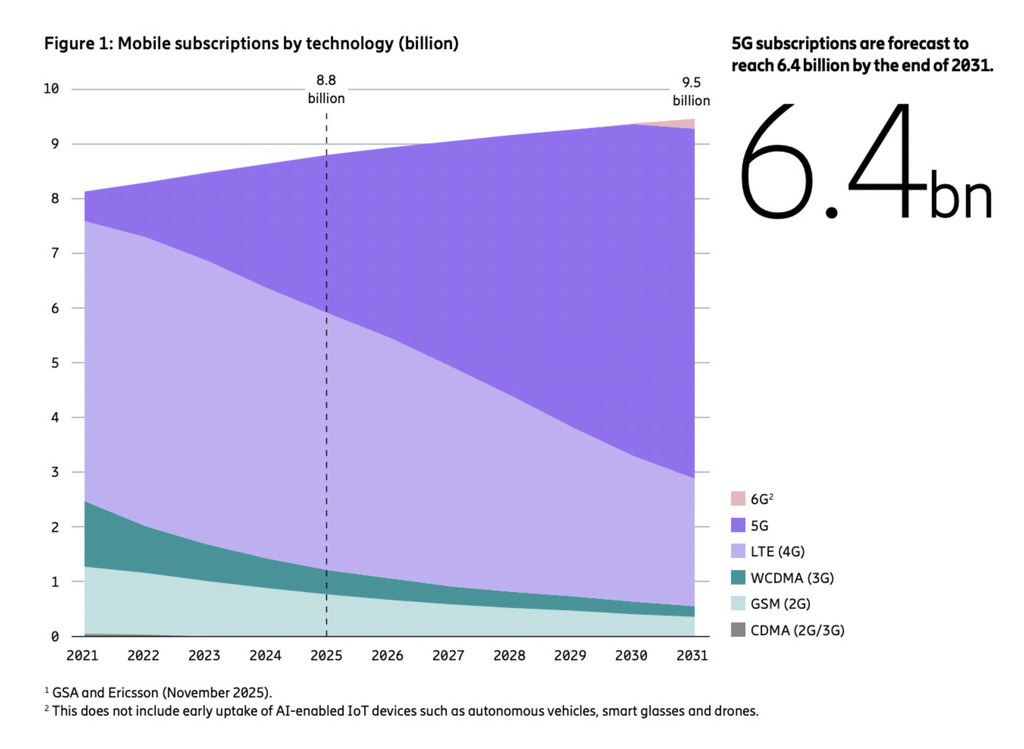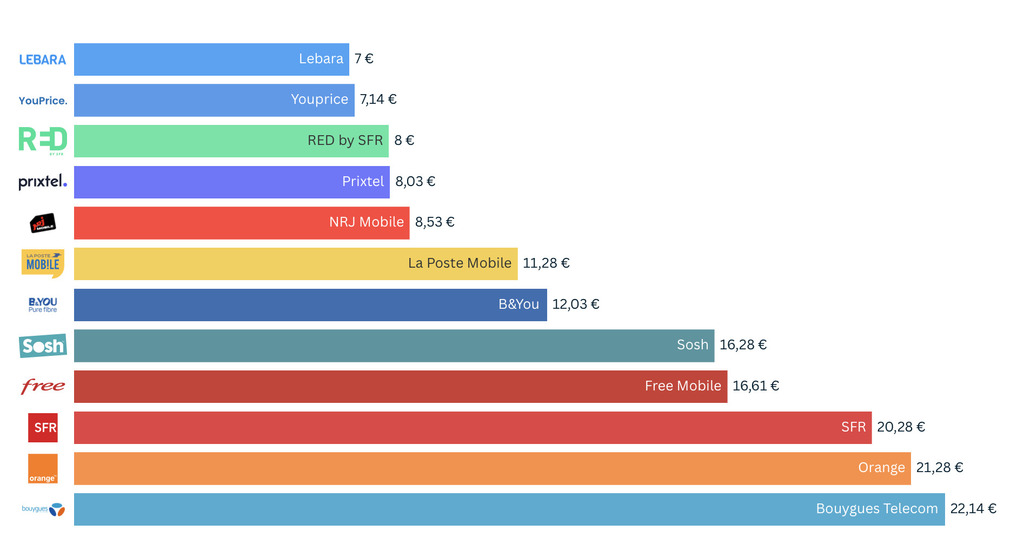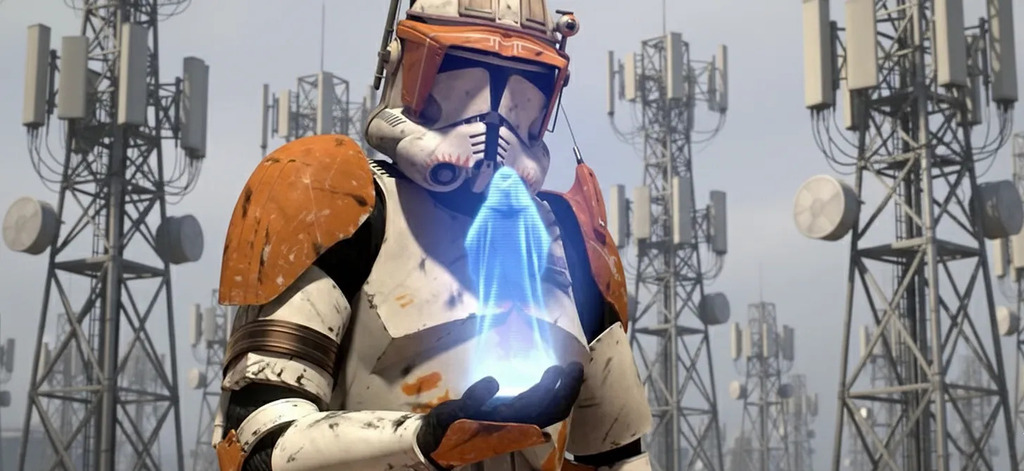×
Click on the picture here to access your article. Close the picture if you want to access the whole Topic
#dot:dot in the race for Stage 2 in 5G Turbo Accelerator created by EIT Urban Mobility!

www.scoop.it
July 9, 2022, 12:11 p.m.
Following the Demo Days in Vigo, #dot:dot is selected to go on EIT Urban Mobility #5GturboAccelerator stage 2! It was a great event, thank you CTAG – Centro Tecnológico de Automoción de Galicia, EIT Urban Mobility, CARNET and NextMove!



















